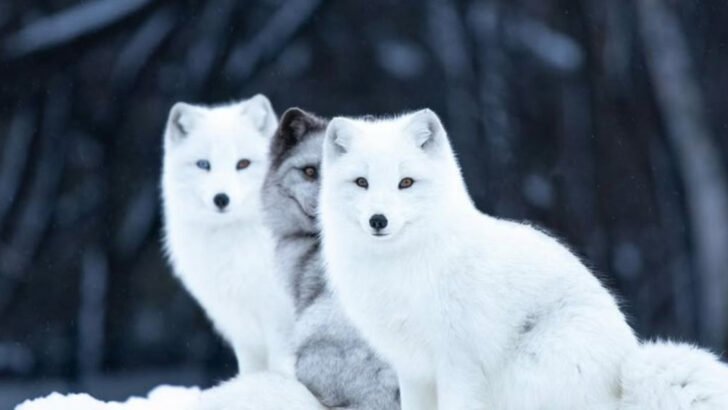The Arctic fox is a true survivor—an icy beauty that thrives in one of Earth’s most brutal environments. With its fluffy white coat and quick adaptability, this little predator has mastered the art of living in the freezing cold of the Arctic.
Don’t let its cute appearance fool you—this fox is tough as nails, built to endure the harshest conditions. From extreme temperatures to scarce food sources, the Arctic fox shows us what resilience really looks like.
In this post, we’ll share 10 fascinating facts about this remarkable creature that prove why it’s one of nature’s most impressive survivors. Ready to discover what makes the Arctic fox truly extraordinary?
Adaptable Fur
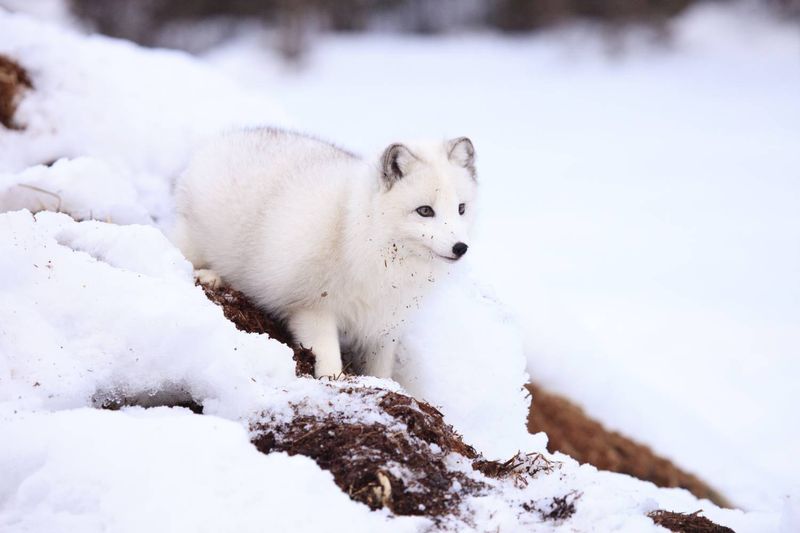
The Arctic Fox’s fur is a marvel of adaptability, transforming with the seasons. During winter, it dons a thick, white coat that provides excellent camouflage against the snow.
As summer approaches, its fur changes to a brown or grey hue, matching the tundra’s rocks and plants. This color-changing ability helps the fox blend into its surroundings, evading predators and sneaking up on prey.
The fur isn’t just for camouflage; it’s also incredibly insulating. It traps warm air against the fox’s body, allowing it to maintain a stable temperature even when the mercury plummets below freezing.
Impressive Hearing
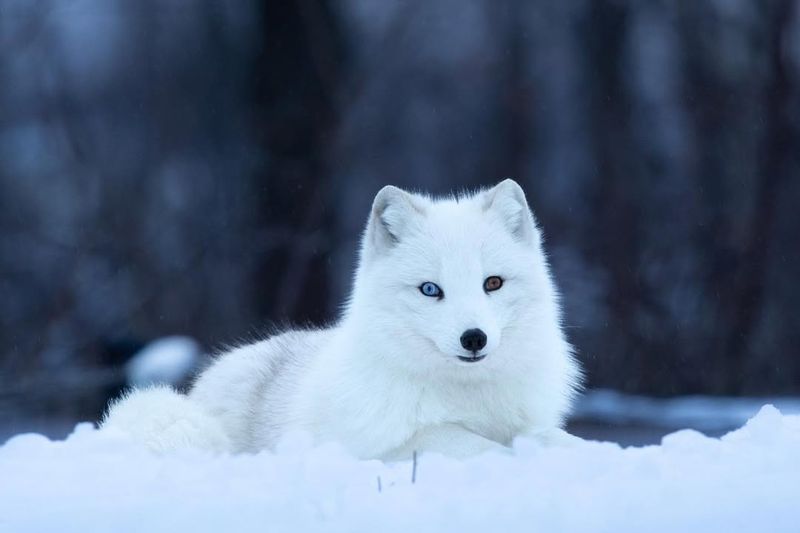
Blessed with acute hearing, the Arctic Fox can detect prey hidden beneath the snow. Its ears are finely tuned to pick up the faintest of sounds, such as the rustling of a lemming as it moves through the subnivean layer.
This remarkable auditory ability is crucial for survival in a land where food sources can be scarce. With its ears swiveling independently, the Arctic Fox can pinpoint the exact location of its prey.
Once it locks onto a sound, the fox will leap in a dramatic pounce to catch the unsuspecting creature beneath the snow.
Extreme Cold Tolerance
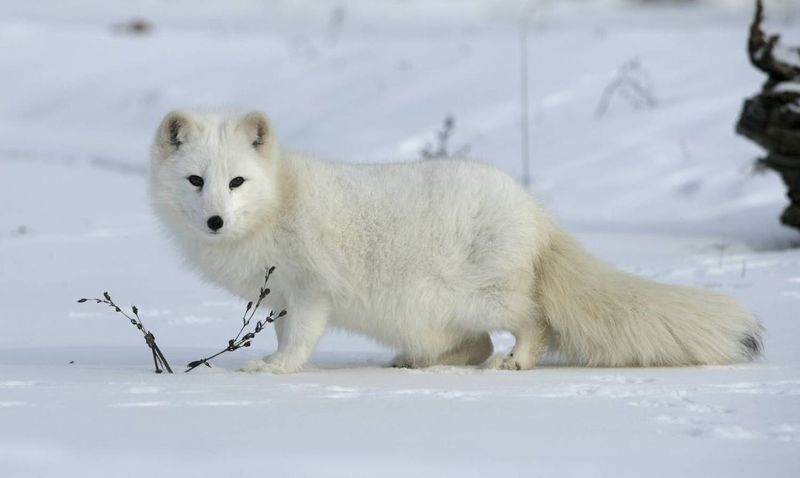
The Arctic Fox is a master of cold tolerance, thriving in temperatures as low as -50 degrees Celsius. Its compact body, short legs, and thick fur combine to minimize heat loss.
The fox’s tail, fluffy and bushy, serves as a warm cover when it curls up to sleep, further conserving heat. Unlike many animals, the Arctic Fox remains active throughout the winter, refusing to hibernate.
Its ability to endure such extreme cold is a testament to its evolutionary success in the Arctic. The fox’s resilience makes it one of the hardiest creatures in the region.
Efficient Hunter
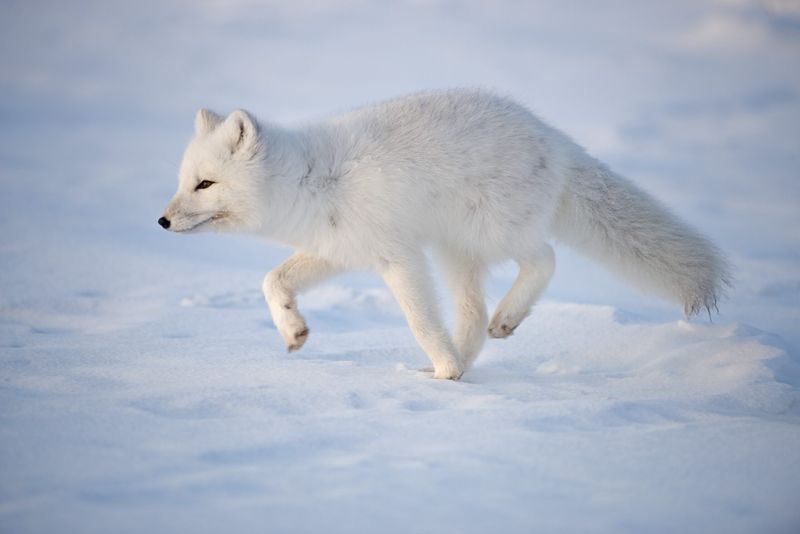
With a diet primarily consisting of small mammals, the Arctic Fox is an efficient hunter. Lemmings, voles, and hares are its common targets, and it employs stealthy tactics to catch them.
The fox’s keen senses and patience enable it to wait silently, often pouncing at the perfect moment to secure a meal. In times of scarcity, they are opportunistic feeders, scavenging from leftovers of larger predators like polar bears.
This adaptability in hunting and scavenging ensures their survival even when the Arctic’s food resources dwindle.
Unique Foot Structure
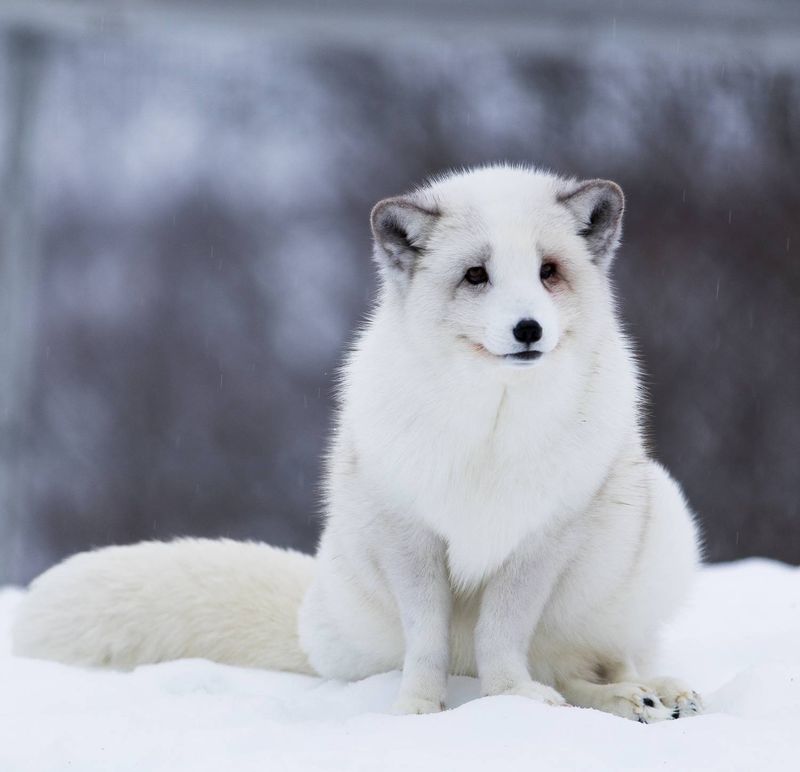
The Arctic Fox boasts a unique foot structure, perfectly tailored for Arctic conditions. Its paws are covered in dense fur, providing insulation and traction on icy surfaces.
This adaptation prevents frostbite and allows the fox to traverse slippery, frozen terrain with ease. The fur-covered pads also serve to mute the sound of its movements, making it an efficient and silent predator.
Whether stalking prey or evading predators, the fox’s foot structure is a critical asset for survival in the harsh Arctic environment.
Solitary Lifestyle
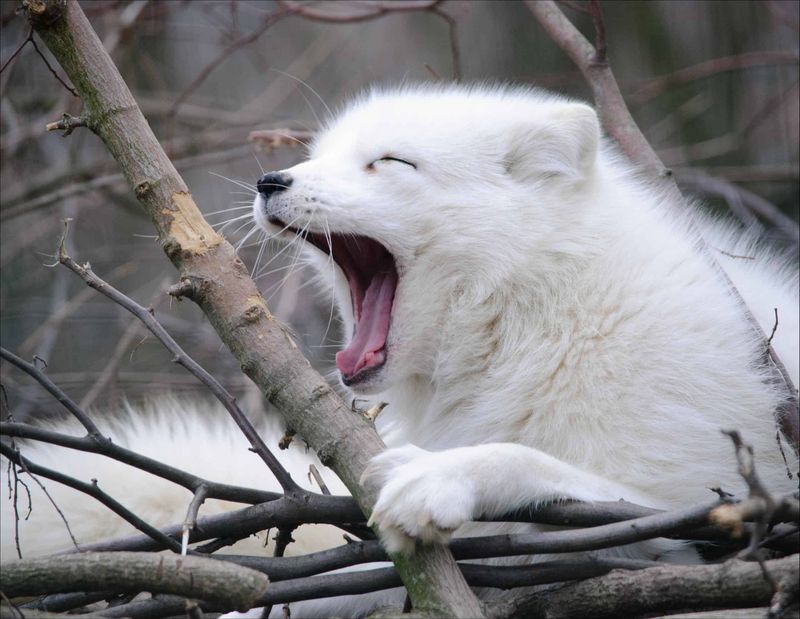
Unlike many social animals, the Arctic Fox often leads a solitary life, especially outside of the breeding season. This independence is advantageous in the vast and sparsely populated tundra, where resources can be scarce.
The fox roams large territories in search of food and mates, relying on its keen senses and survival instincts. Solitude allows the Arctic Fox to maintain its own food supply without competition from others.
However, during the breeding season, foxes form monogamous pairs and work together to raise their young, showcasing their adaptable social behavior.
Diverse Diet
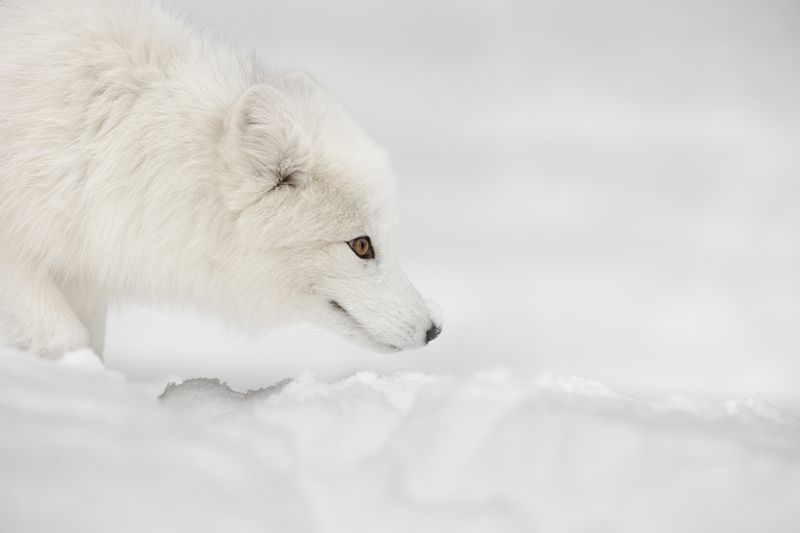
The diet of an Arctic Fox is as diverse as its environment demands. While small mammals like lemmings are staples, the fox is not a picky eater. It consumes birds, eggs, and even berries when prey is scarce.
This dietary flexibility is crucial for survival in the Arctic’s unpredictable ecosystem. Their opportunistic nature extends to scavenging, where they capitalize on carcasses left by larger predators.
This resourcefulness ensures they can sustain themselves through the harshest seasons, showcasing their adaptability and resilience.
Breeding and Family
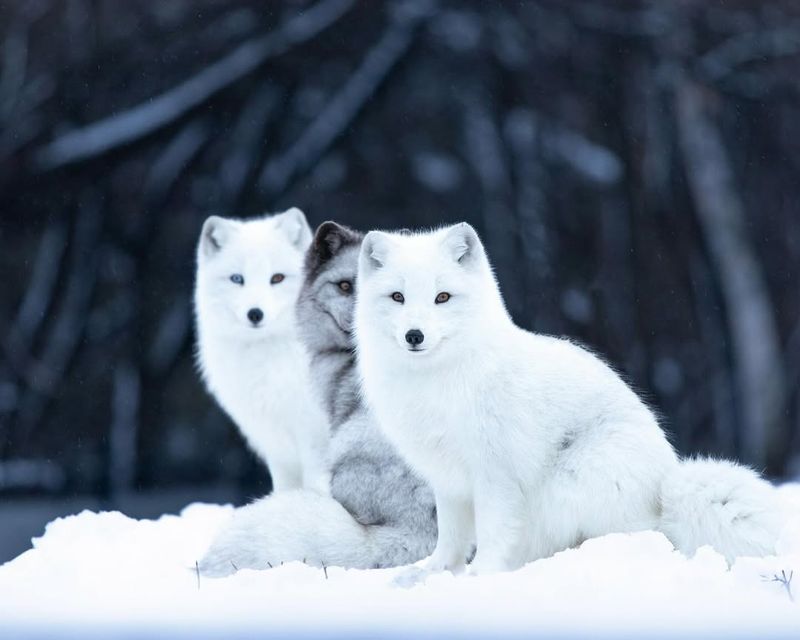
Breeding is a critical part of the Arctic Fox’s life, typically occurring once a year. Mated pairs form strong bonds, working together to raise their young in dens dug into the side of a hill or riverbank.
These dens provide shelter from predators and harsh weather. A litter can range from five to fourteen kits, depending on food availability. The parents tirelessly hunt and provide for their offspring, teaching them survival skills.
This strong family bond and cooperative parenting are essential for the continuation of the species in such a challenging environment.
Curious Nature

The Arctic Fox is inherently curious, an essential trait for survival. This curiosity leads them to explore their environment thoroughly, discovering new food sources and potential dangers.
It’s not uncommon to find them investigating human camps or following footprints in the snow. Their inquisitive nature aids in learning and adapting to their ever-changing habitat.
It also plays a crucial role in teaching young foxes about their surroundings and how to interact with it, ensuring they grow into capable adults capable of thriving in the Arctic wilderness.
Threats and Conservation

Despite its resilience, the Arctic Fox faces modern threats, including climate change and industrial activities. As temperatures rise, habitat loss and competition from the red fox are increasing concerns.
Conservation efforts are crucial to protect these creatures and their environment. Understanding the challenges they face helps in formulating strategies to mitigate the impacts.
Efforts like protected areas and climate action plans are vital for ensuring the Arctic Fox’s survival. Engaging local communities in conservation initiatives further strengthens these efforts, highlighting the importance of preserving this remarkable species.

